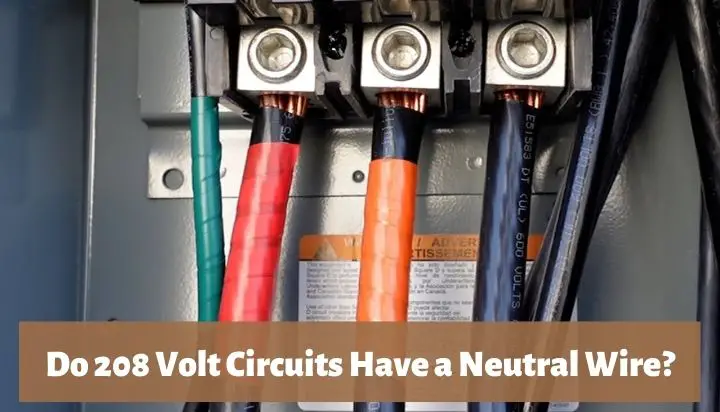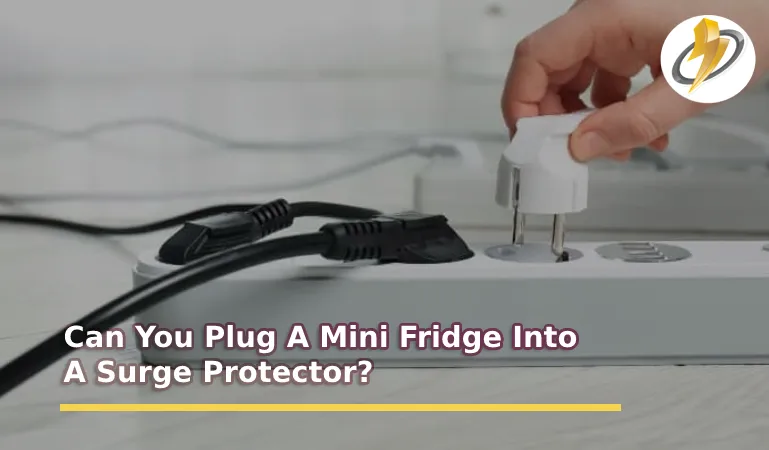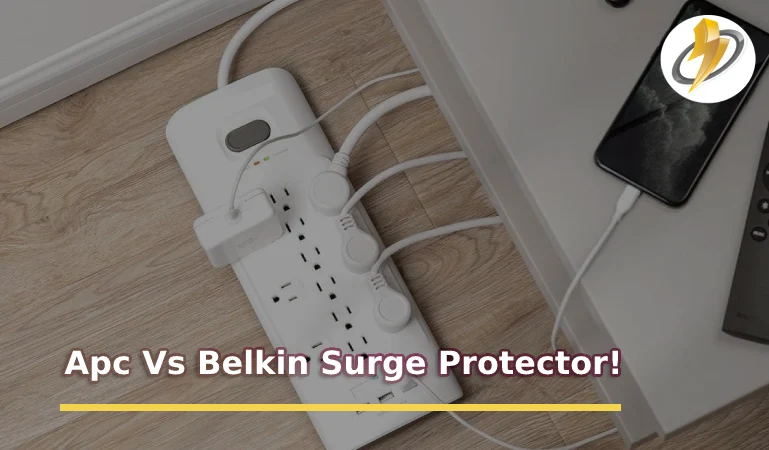Why does power flicker during storms? Is it something supernatural, or is there a logical reason behind it? Well, it’s mainly due to the protection devices that ensure our TVs, fans, and lights are safe from damage.
From voltage to power poles, electrons to insulation, there are a lot of key components to electricity. These are the puzzle pieces that I will fit together in order to explain today’s question.
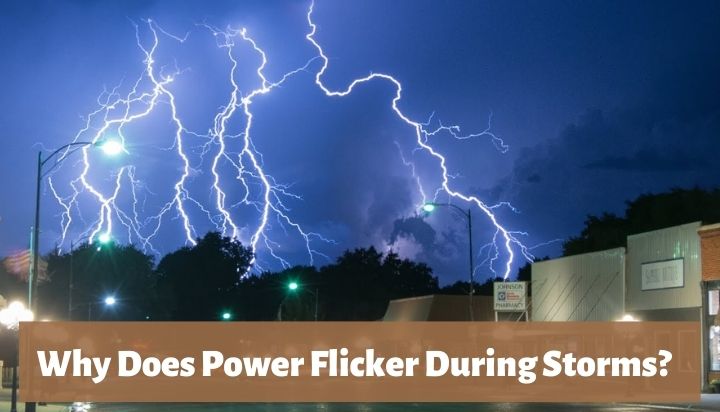
What Does It Mean When Light Is flickering?
When I was a kid, whenever there was a thunderstorm, the lights at my house would start to flicker. Scared little me to wonder what was happening to the lights when all the other devices in the house were working perfectly fine.
Let’s geek out on the technical bit; if you consult your electrician, they might inspect the poles of power lines close to your home. Any interruption in the flow of electricity past the wires will cause lights to blink. Blinking is an indication of a sudden drop and picking up of voltage.
What is voltage? In layman’s terms, it’s the pressure with which electrons and swimming about in a sea of electricity. The pressure is applied by a power source. If at any stage of the electron swimming is impeded, the pressure will drop, causing the voltage to fluctuate, causing lights to blink.
What Are These Brief Interruptions?
In the most common cases, these interruptions are:
- Brief fault in the power line
- If there is any tree nearby the electric poles or wires
- Any lost connection in the internal system
- Lightening
- Strong winds
- Rain
- Snowing or icing
- Animals or birds. One data record states,” In 2019 alone, squirrels were responsible for more than 1,200 outages.” [Hardy, Mindy, South Central Power,2022]
Why Does Power Go on And off During Storms?
Generally, the structure of electric wiring is as follows:
There is one pole, usually wooden or concrete, giving it insulation from which 3 wires extend to another pole. These wires are known as phases transmitting electricity from one pole to the next. For electricity to be flowing, there needs to be a voltage difference. The difference is normally about 7000 volts.
Now, what is lightning technically? Lightning occurs when one cloud is flooded with electrons and is passing another cloud that lacks it. When these two clouds bump into each other- Voila!
You have a spectacular sight of lightning. What is electricity? Also, flow of electrons. Just like that, when lightning strikes, the jumping of electrons also temporarily raises the voltage, there lessening the voltage supply in your homes.
In order to protect your homes, lightning protection devices are set, which activate at that moment, causing lights to dim or flutter and not causing any potential damage. If, however, the lightning is extreme, in that case, one might suffer damage of the devices.
How Can Trees Disturb Electric flow?
If a tree is situated near an electric pole, there’s a high chance wind blowing or a storm setting in is bound to ruffle those leaves and make the branches dance. This translates to the tree jostling with the electric phases (wires), leading to an interruption in electric transmission. However, it is wise not to place poles near trees anyway.
If it is the case, let me tell you, our genius engineers have installed something called the recloser pole. A recloser is much like a circuit breaker in our homes. It breaks the circuit when potential damage might be generated, so it stops the damage from propagating.
What About Snowing And Icing?
The issue with snow or ice is that it hugs and clothes the entire wire during winter. On top of that, right before snowing, wind eventuates, making it extra tough for wires to remain steady. As the ice completely wraps the phases, the wires tend to “gallop.” Galloping is the name given to the swaying and bumping of those wires.
Unfortunately, there’s only much that can be done since some of these issues lie in the hands of nature which is barely under our might to control.
Why does light flicker in high winds?
When the wind surge is high, it touches the electric lines and slaps each other. Once the strong wind sets in, the line connections shake with high vigor causing unsteadiness and hindering the proper flow of electricity.
If the swaying of electric lines is rather fierce, which might result during any storm might also cause lines from phases to catch fire. In that extreme scenario, electricity might be out for hours.
Should I be alarmed?
Fortunately, the market has safeguard options that can detangle the power surge issue to protect household devices and lights. One reason why lights flicker and not TVs in milder cases is because TVs have surge-protecting power strips to prevent any damage.
Any damage could’ve caused us to bid farewell to the poor little machine. On rare occasions, there might be damage, though. In that case, you should definitely contact the electrician.
Conclusion
Regardless of all the knowledge, if the light flickering continues, electricians and experts should be contacted right away. If the light only flickers when the wind flows, then chances are high that the problem lies within the lines.
Making sure by calling professionals as soon as you notice something eerie with your lights is the smartest and cheapest way to fix the deal. You can never be too sure as to what might be the underlying case.

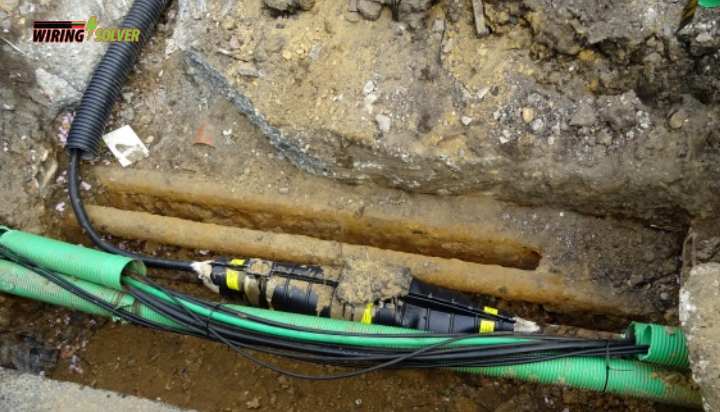
![How to Fix Hole in Ceiling from Light Fixture? [Full Guide]](https://wiringsolver.com/wp-content/uploads/2021/09/How-to-Fix-Hole-in-Ceiling-from-Light-Fixture.webp)
